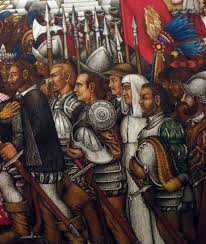Bringing Down Barriers

The reintroduction in 1998 of the Mexican Gray Wolf in New Mexico and Arizona has been controversial to say the least. There are those who praise the federal action and are rooting for the endangered species to make a full recovery. And there are those who see the wolf as a predator, threatening their livestock and rural way of life. The fear has driven some to put their children in special wolf-proof cages to wait for the school bus at the more remote stops.
For the past 20 years I have watched the conflict rage, the two sides digging in, littering the landscape with fear, insults, and righteous outrage. Always looking for the common ground, my mediator self has been pretty discouraged.

But there was one bright spot. Kevin Bixby, founder and executive director of the Southwest Environmental Center (SWEC) in Las Cruces, New Mexico, asked me to facilitate a workshop in Alpine, Arizona, near the border between the two states and epicenter of the wolf battle. As an environmentalist, he had a lot of nerve to even drive through Alpine, let alone convene a day-long workshop for local ranchers. I was fascinated. Why would any wolf-hating local give this guy the time of day? (more…)
Read More
